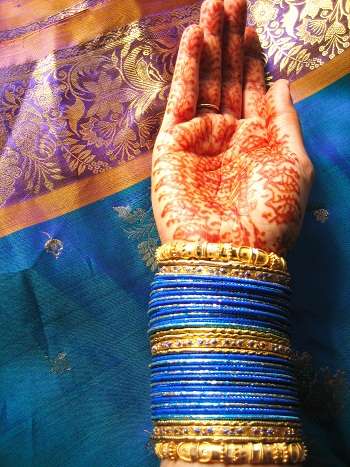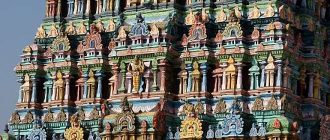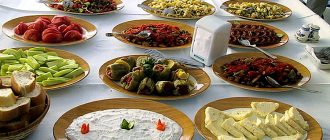Bridal henna tattoos are not only popular at Indian weddings. For more facts & information on the history and cultural significance of Indian henna patterns read on…
Indian bridal henna tattoos are part of the 16 steps of the Solah Shringar Hindu bridal beauty ritual. The intricate tattoos are hand painted on the bride’s hands, feet and body. In some cultural traditions the initials of the groom are concealed in the tattoos and he must look for them on his wedding night. Henna tattoos are temporary, but Indian brides use oils to keep them from fading and to make them last as long as possible.
The henna tattoos are called mehndi, and the application of mehndi in Hindu rituals both the bride and groom have henna applied to their hands and feet in a ceremony on the day before the wedding. Members of the bride’s and groom’s family may also apply mendhi to their hands during this ritual.
Brides are not required to perform housework while the Indian bridal tattoos remain visible which is one reason the brides make every effort to preserve these temporary markings for as long as possible. The traditional menhdi ceremony is a large and important part of the wedding celebration and includes dancing, food and drink. It has the same importance as the engagement party and wedding reception.
Middle Eastern Henna Tattoos
Although henna tattooing is most common in Hindu culture, it is also practiced by Muslims in India, Pakistan and many Arabic and African countries. It is used in different ceremonies including weddings and religious festivals. The tradition dates back thousands of years and there is evidence that the ancient Egyptians used henna body art during mummification rituals.
Traditional Indian bridal henna designs include depictions of the bride and groom and the groom’s name written on the bride’s hands. Popular designs also include peacocks, peacock feathers, conch shells, flowers and leaves. Paisley patterns are also quite common. Modern forms of henna dry quickly and are more commonly used than traditional henna preparations which can take several hours to fully dry.
Bridal Henna Artists
Application of Indian bridal henna was once performed by family members, but while family members may participate, most modern brides rely on henna artists to create the extremely intricate designs. The beauty of the bridal tattoos has made henna body art popular with many Westerners who appreciate the beauty of tattoos, but do not want to commit to permanent designs.
Beautiful Indian bridal tattoos continue to be an important element in both Muslim and Hindu weddings. The designs and symbolism may vary between religions and regions, but the tattoos are an important part of the wedding regalia.





